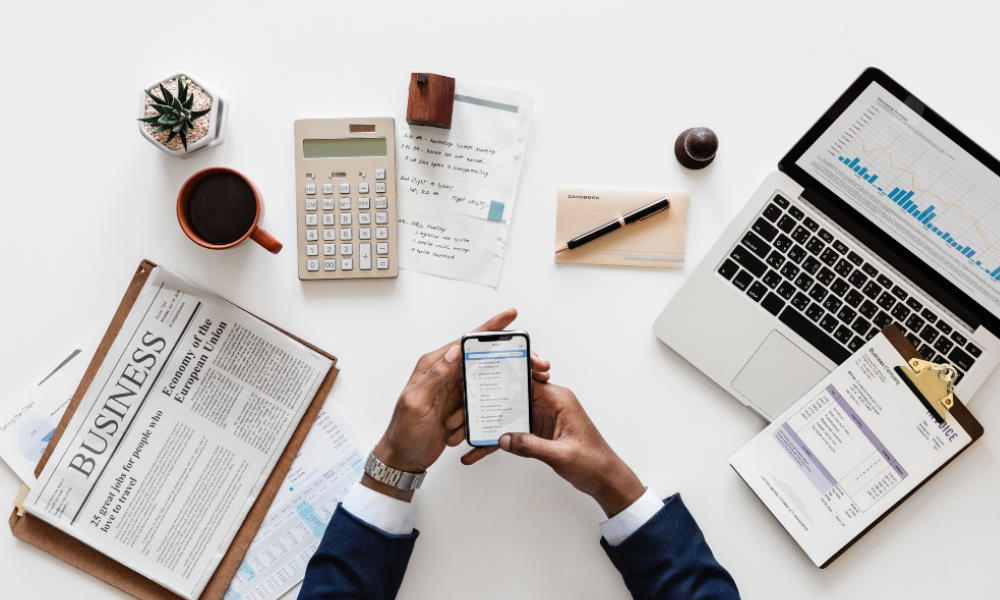It’s been said time and again, an average skilled trader practicing money management can last in the industry longer than an experienced trader without any risk management skills. Money management strategies must be implemented if you wish to become successful in trading.
Sadly, it’s something all traders acknowledge but very few implement. Greed, fear, low capital, experience level, risk tolerance, revenge trading and more are some of the reasons why traders are ignorant of implementing money management strategies despite knowing the importance.
1Take trades with a good Risk: Reward Ratio
Most forex traders open positions on any trade that seems viable at that moment. An action that eventually hurts them later on. As a trader, once you’ve spotted a good trade, first, calculate the risk you will incur by taking that trade. And the reward that you will get should that trade move in your favor.
For example, if you’ve identified that the appropriate risk for a trade is 50 pips, calculate how much reward you can get from the same trade. 40 pips? 50 pips? 100 pips? A good rule of thumb is to only open a trade with reward more than twice the risk.
In our example above, the target profit should be 100 pips and above. Top forex coach Justin Bennet actually encourages Risk: Reward of 1:3 or more. This way, one winning trade can recover at least 3 of your losing trades.
2Determine the stop-loss first
Don’t open a position without knowing where the stop loss should be first. Most traders start by setting the amount they’ll risk before first knowing where to place the stop loss.
Like, a trader knows they’ll open 1 standard lot on trade. Therefore, once they find a trade which requires 50 pips stop loss, they limit the stop loss just so they can trade that amount.
Start by the stop loss then work your way to the amount you’ll risk. This way, you won’t limit the stop loss and later find it’s been hit.
3Correlation between pairs
Correlation is how similar currency pairs are to each other. For example, Cad Usd and Aud Usd are positively correlated meaning that when one of them is bullish, the other will also be projecting a bullish pattern.
There are different factors that make currencies positively or negatively correlated. A country that produces oil will too increase in value when oil prices go up.
When you open two positively correlated pairs in the same direction, you’ll be doubling your risk. By opening two negatively correlated pairs in a similar direction, you’re essentially reducing your risk.
Always consider this before opening positions of two pairs.
4Risk no more than 2% of your capital
The ideal percentage to risk has been debatable therefore risk an amount you know you can’t lose sleep over. Some experts say 1% per trade. Others say that is too small. Regardless, the percent you decide to use should be favorable to you in terms of profit and risk tolerance.
If you know losing $30 on a $1000 account is too much, your aim is to risk less than that.
5Use leverage with caution
Leverage allows you to open a position with more than you have in your account. If there was no leverage in forex, it’s a fact that the number of retail traders would be very small.
More forex brokers in recent times are presenting ridiculous leverage amounts of even more than 1:1000 in hopes to attract new traders. Only a newbie would find such leverage appealing.
With 1:1000 leverage, a $100 account can open a position worth $100,000.
The truth is, leverage should always be used with caution. Professional traders don’t use more than 1:100.
Using limited leverage is a good way to apply money management strategies.
6Don’t double down on losses
Whenever traders experience losses, they start adding to losing positions in the hope that once the trades recover and become winners, they will earn more money.
Most of us are faulty on this. Even the best of us have done this. In fact, this is a strategy that some use. They add to losing positions with more money because they believe they’re getting a better price.
The truth is if the trade doesn’t recover, that single trade can easily wipe the account. Instead…
7Add to winning trades
Money management trading classes encourage you to scale on the winning positions. Not doubling down on the losses.
By this, you know you’re in an alliance with the market direction. Also, it’s easy to scale up a winner because there’s no panic and fear used.
8Use stop loss
Always use the stop loss. But, here’s the thing. A stop-loss is to protect your account. That doesn’t mean that for every losing trade you have to wait for it to hit stop loss.
The moment you realize you entered in the wrong trade, quickly cut down your losses by closing it. This means that even if you’ve placed your stop loss and target profit, you should monitor your position.
Depending on the time frame you use, this means checking on an hourly basis, every few hours or even once a day.
9Think long term
The best money management strategies should always include the long term plan. When you know you want to stay in the game over the next 5 years, it’s easy to overlook the small losses and focus on the bigger picture. Most of us want to hit it big here and now.
We want to make the money TODAY. But the thing is, long term planning always wins. Look at where you wish your trading should be in the next few years. This will keep you in check whenever you’re tempted to forego money management.
10Invest more
As a bonus, big accounts will always withstand pressure than small accounts. Money management is easier with a $20K account as compared to a $500 account.




